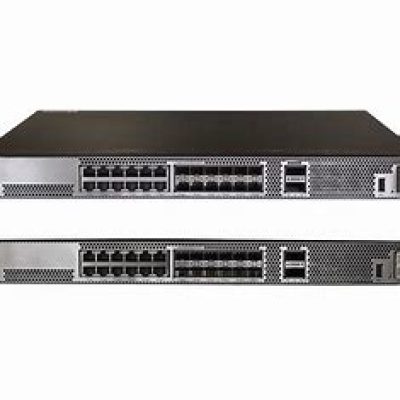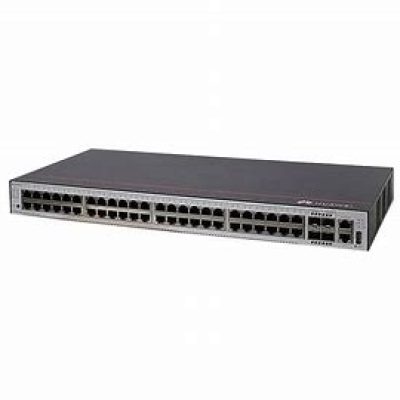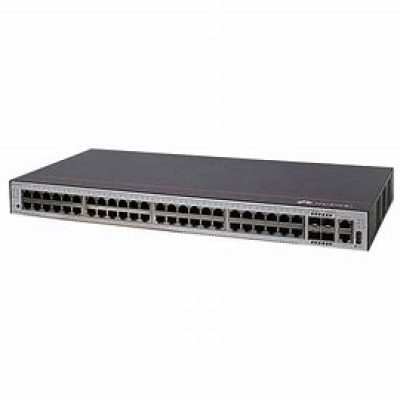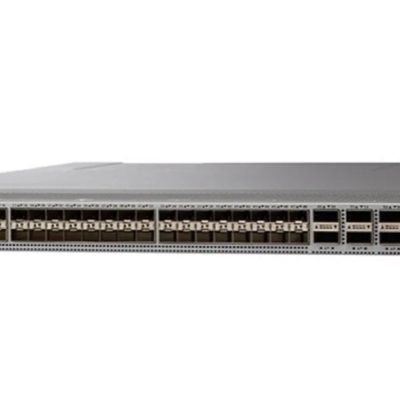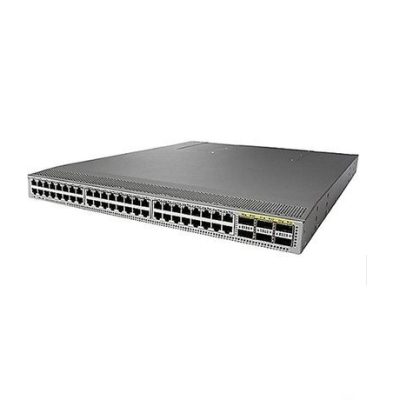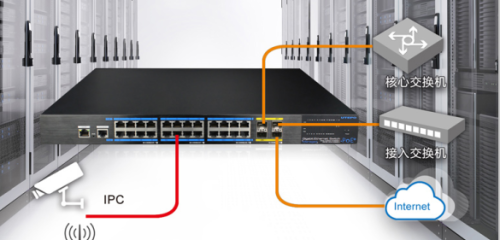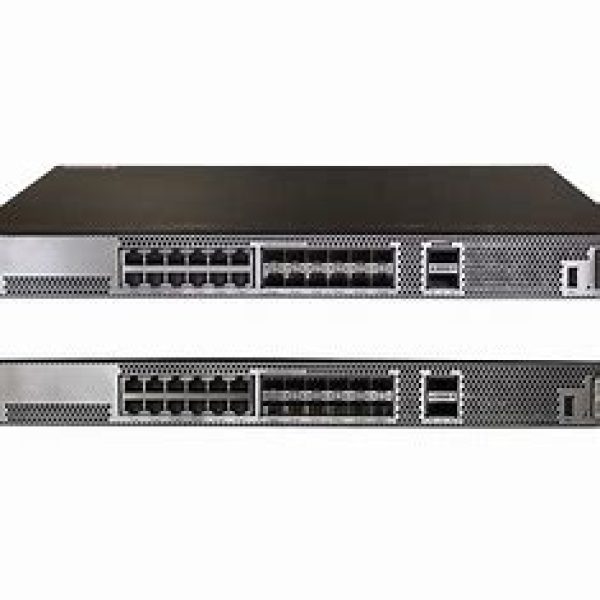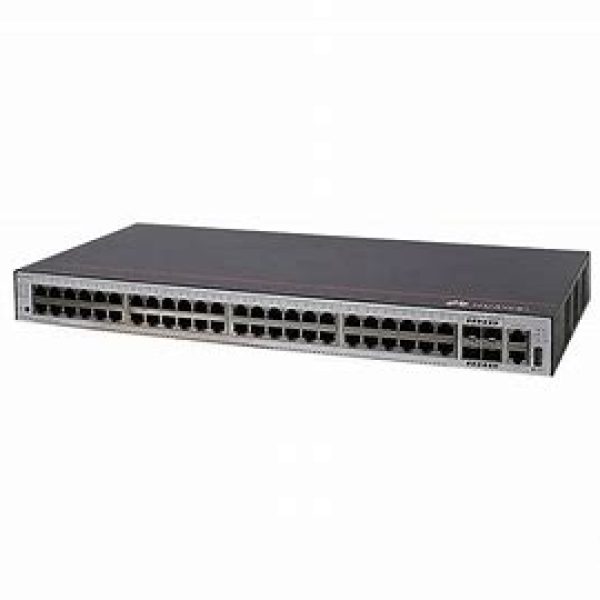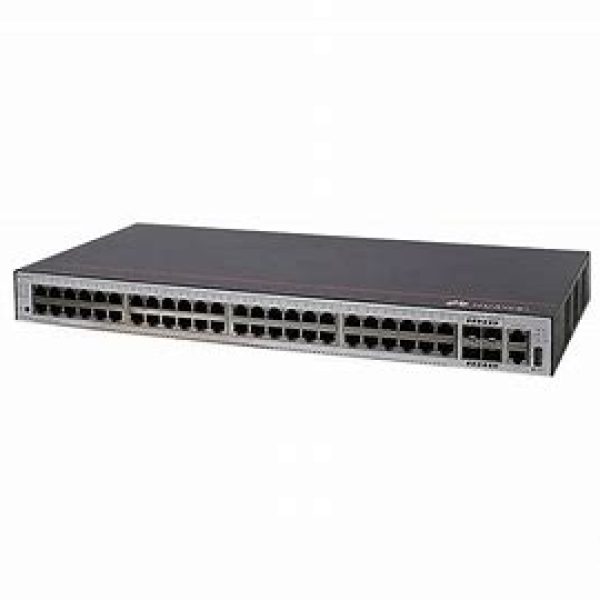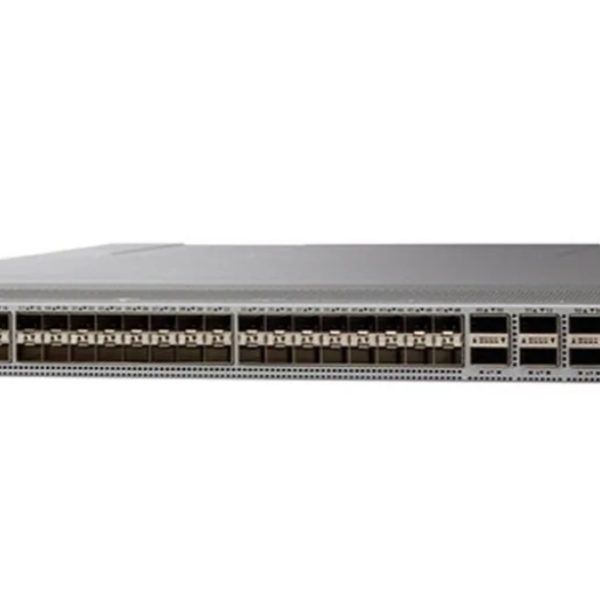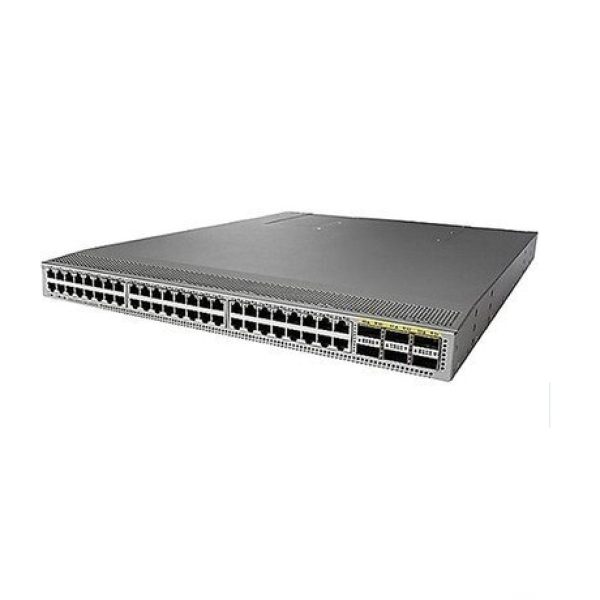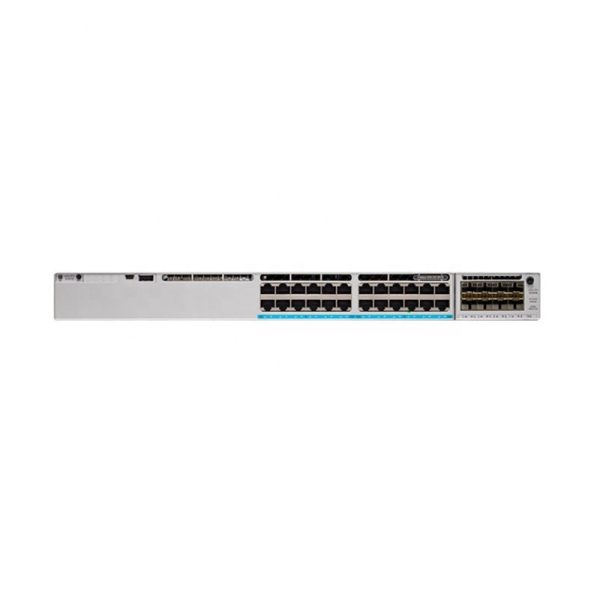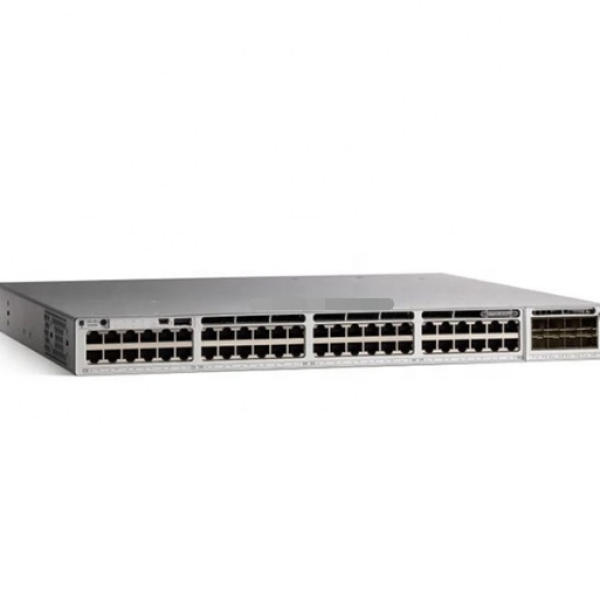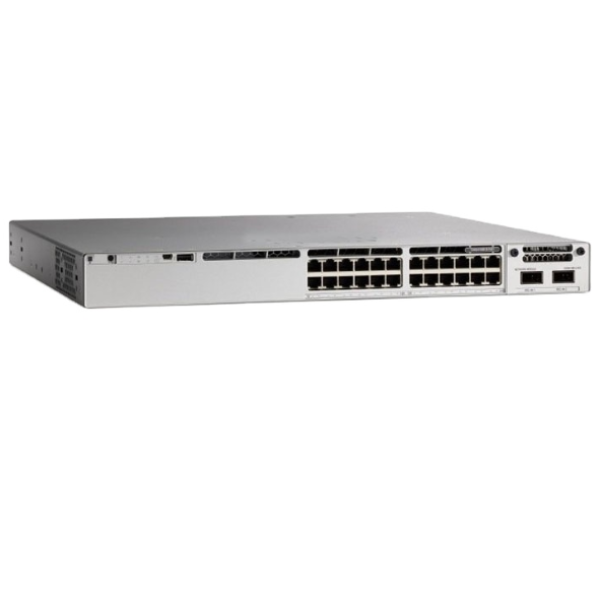Switches are widely used in weak current network engineering, and various data transmissions cannot be separated from them. Today we will talk about the classification and selection reference factors of switches.
1、 Classification of switches
According to network composition: divided into access layer switches, aggregation layer switches, and core layer switches
According to the OSI model, it is divided into layer 2 switches, layer 3 switches, layer 4 switches, etc., up to layer 7 switches.
The manageability of switches: The difference between manageable switches and unmanaged switches lies in their support for network management protocols such as SNMP and RMON.
2、 Main reference factors for switch selection
a、 Backplane bandwidth and layer 2/3 switching throughput.
b. VLAN type and quantity.
c、 Number and type of switch ports.
d、 Support protocols and methods for network management. Switches are needed to provide more convenient and centralized management.
e. Support for QoS, 802.1q priority control, 802.1X, and 802.3X.
f、 Stacking support.
g、 Parameters such as switch cache and port cache, main memory, forwarding delay, etc. of the switch.
h、 Line speed forwarding, routing table size, access control list size, support for routing protocols, support for multicast protocols, packet filtering methods, machine scalability, etc. are all parameters worth considering and should be examined based on actual situations.
The above are the factors that need to be considered when selecting a switch. Usually, when choosing a switch, we can judge based on the following factors.
- Backplane bandwidth
The backplane bandwidth of a switch is the maximum amount of data that can be throughput between the switch interface processor or interface card and the data bus. Backplane bandwidth refers to the total data exchange capacity of a switch, measured in Gbps, also known as switching bandwidth. So only modular switches (with expandable slots and the ability to flexibly change the number of ports) have this concept, while fixed port switches do not have this concept, and the backplane capacity and switching capacity of fixed port switches are equal in size.
- Exchange capacity and forwarding capability
Due to the fact that the switching engine serves as the core of packet forwarding in modular switches, this metric can truly reflect the performance of the switch. For fixed port switches, the switching engine and network interface template are integrated, so the forwarding performance parameters provided by the manufacturer are the forwarding performance of the switching engine, which is the key to determining the performance of the switch. For devices that support Layer 3 switching, manufacturers will provide Layer 2 forwarding rate and Layer 3 forwarding rate separately. Generally, Layer 2 capability uses bps and Layer 3 capability uses PPS. Modular switches with different architectures have different meanings for these two parameters. However, for ordinary LAN users, only these two indicators are sufficient, as they are the key indicators that determine the performance of the system. It is meaningful to discuss the architecture of switches and layer 3 optimization algorithms for users in large campus and metropolitan area networks.
3.Backplane bandwidth calculation
Backplane bandwidth refers to the maximum amount of data that can be throughput between the switch interface processor or interface card and the data bus.
Calculation formula: Number of ports x corresponding port rate x 2 (all dual)

